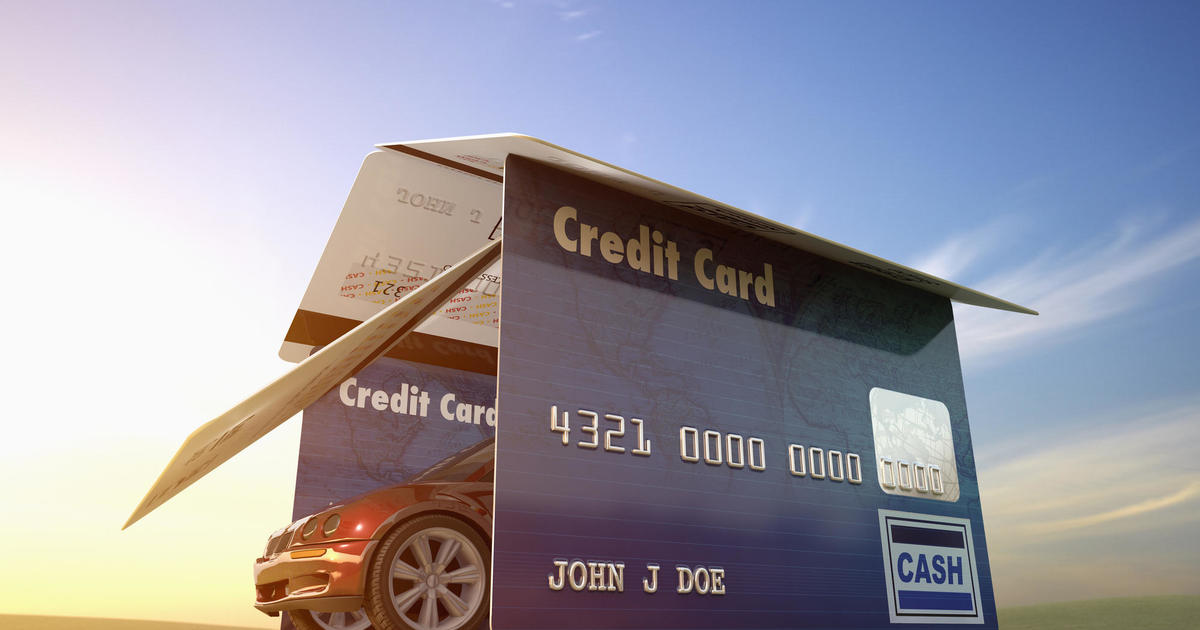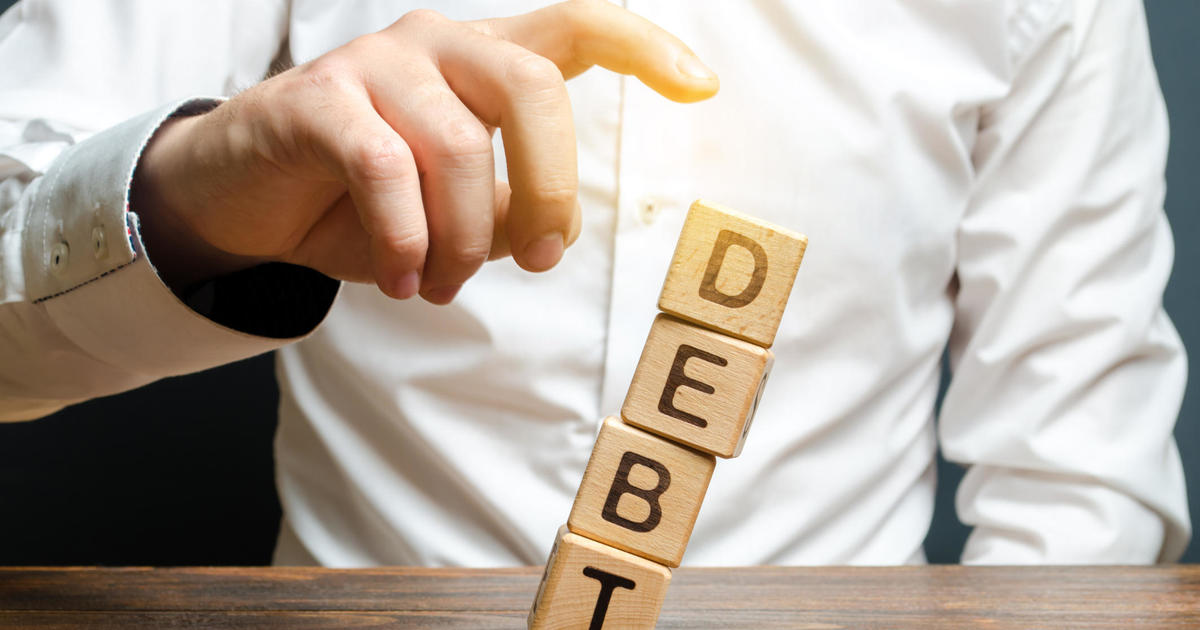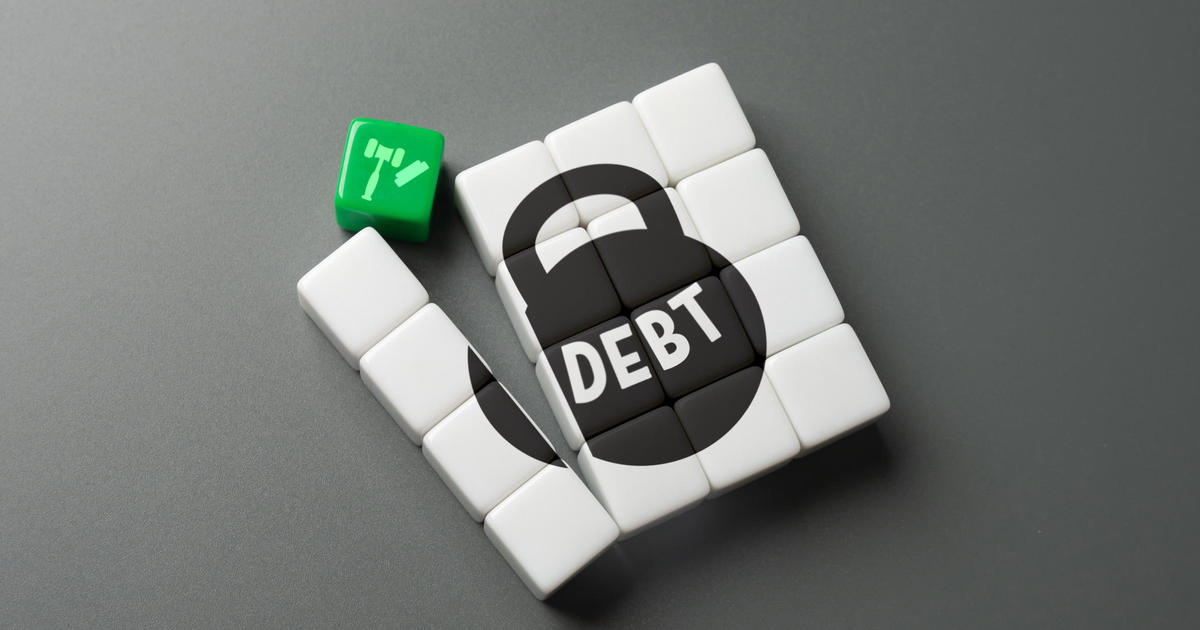One overlooked part of the Biden student loan plan that could end "horror stories"
Although the Biden administration's plan to forgive federal student loans has centered on the government erasing $20,000 in debt, other provisions could have an even bigger impact on students and college graduates.
In perhaps the most significant change, the Department of Education is expected to propose a rule that would ensure borrowers make payments sufficient to cover the monthly interest on their student loans. That would address the problem of what is known in the trade as "negative amortization," in which a person's loan balance keeps growing despite their consistently making payments.
Consumer advocates have long criticized so-called income-based repayment plans, which are supposed to help make student loans more manageable and which are employed by about one-third of all borrowers, for trapping borrowers in debt. The Biden plan addresses the problem by proposing to have the federal government cover unpaid monthly interest for people with income-based repayment plans, which would prevent their loan balance from growing as long as they make their monthly payments.
"What I have been struck by is that when you look at student-loan Twitter, where people post their student loan horror stories, what they really frequently highlight is the current income-based repayment plans," Ed Mills, Washington policy analyst for Raymond James, told CBS MoneyWatch. "The payments aren't enough to cover the interest in the loans, so you have loan balances that continue to grow despite monthly payments."
The White House would also limit the amount that borrowers in income-based repayment plans must pay each month to 5% of their discretionary income, from 10% currently. And the proposal would increase the amount that is considered non-discretionary income to about $31,000 from about $20,000, protecting more of a person's income from going to debt repayment.
That means borrowers in an income-based repayment plan who earn less than $31,000 annually, or about $15 an hour, will have monthly payments of $0 — and their loan balances won't grow.
The impact of those changes "will be greater in the medium- to long-term than the headline number of debt forgiveness," Mills predicted.
Help for future students
The changes to income-based repayment plans could also provide a financial step-up for current and future college students who may not qualify for debt forgiveness.
Under Biden's plan, the federal government will forgive up to $10,000 in student debt for people earning under $125,000 and up to $20,000 for borrowers who received Pell Grants, which are given to low- and middle-income students. But those debts must be tied to loans taken out before July 1, which means some current and all future students won't qualify for the forgiveness.
That's why the changes to income-based repayment plans are so important, since they could help students who are currently enrolled in college as well as people who enroll in future years, Mills noted.
Of course, all of this comes with a price tag. The debt-cancellation portion of the plan will cost about $360 billion, according to a new estimate from the public policy think tank Committee for a Responsible Federal Budget.
The abolition of negative amortization and other changes to income-based repayment plans could cost another $120 billion, the group estimated. It added that the Biden administration hasn't yet said who is eligible for these changes, "making it difficult to pinpoint the actual cost."



